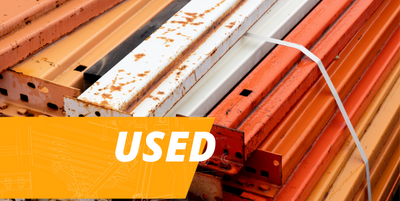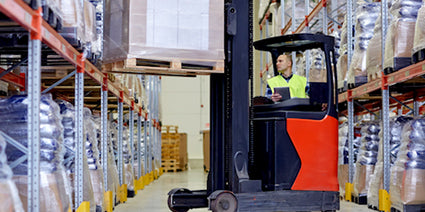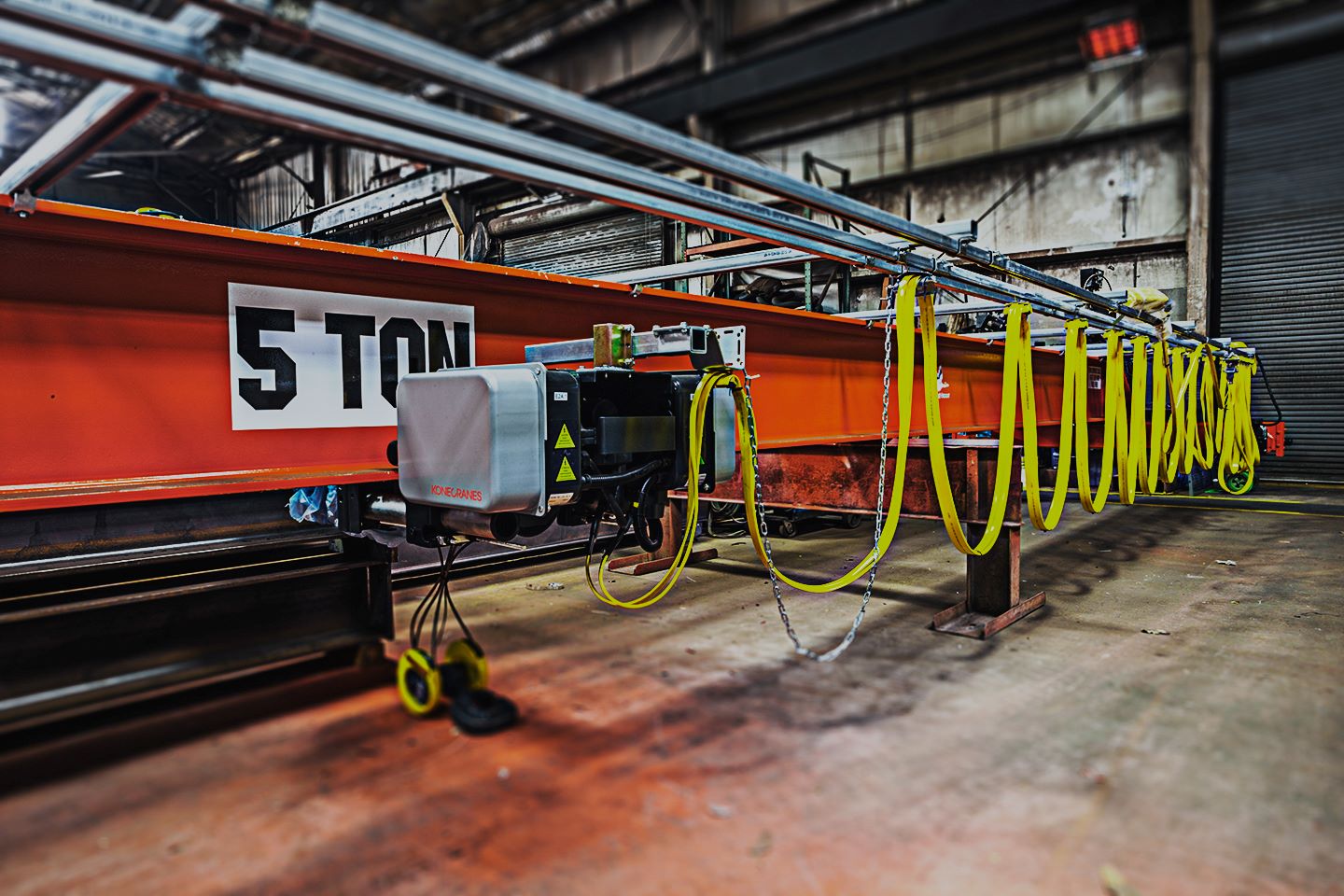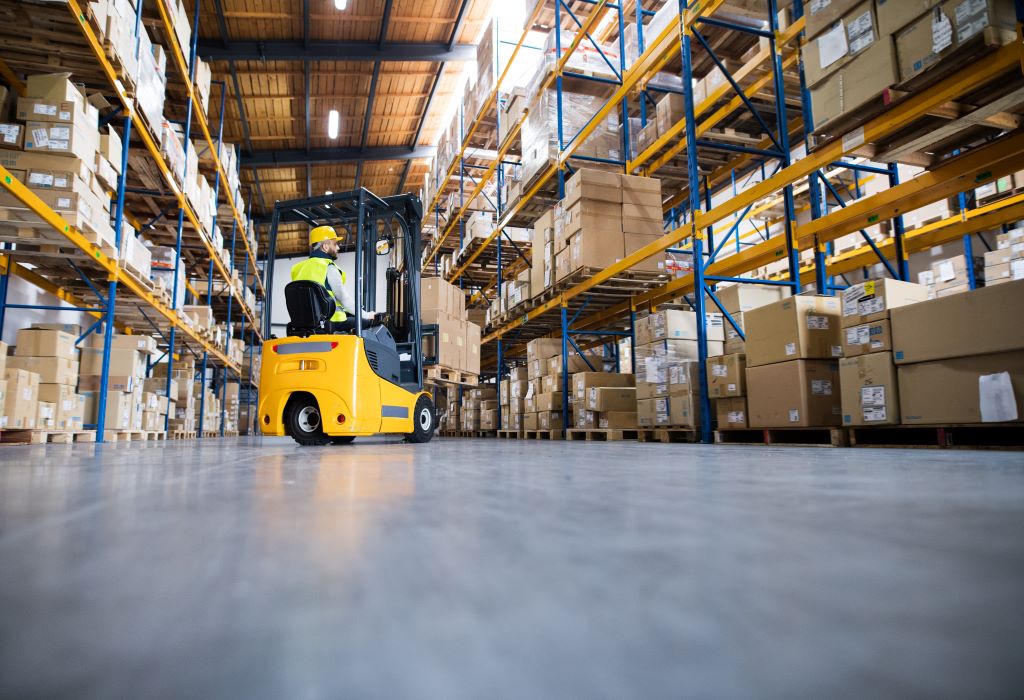Your Cart is Empty

What to Consider Before Buying a Dock Leveler & Door
Remember when you wanted to load a truck with your inventory but couldn’t bridge the gap between the truck and your dock? If you have had an issue like this, you may need a dock leveler. A dock leveler does what its name says it does, it levels your dock with incoming truck trailers. It’s a pretty basic concept, and you always need to have one, but here is what you need to consider before buying a dock leveler and door.
#1 ANSWER THESE QUESTIONS ABOUT YOUR DOCK LEVELER
You may already know what a dock leveler is, but you have to get the right one for your needs, or it could cost you. To be safe, answer these questions:
- What type of forklift will my dock leveler hold and how much does it weigh?
- Will the forklift and the products it carries be too heavy for the dock leveler?
- Will the leveler fit the size of my dock?
- How long does the leveler need to be? (This is largely determined by the height of the trucks/trailers you load and unload. The higher or lower the trailers are from your dock, the longer the leveler should be.)
- What are your forklifts’ grade limitations?
Having a leveler that is too short, for example, could make loading and unloading inventory impossible due to the severely steep incline or decline of the leveler. Make sure you have answers to these types of questions so that you choose the correct one.
It doesn’t matter too much whether you choose a mechanical or hydraulic dock leveler, just be sure to have qualified technicians install and work on it because they are extremely dangerous to be underneath.
Once installed and ready to go, we advise you train employees how to properly use the dock levelers. You can also mount placards in plain site explaining dangers and correct operating procedures.
#2 USE A DOCK SEAL
Consider using a dock seal. A dock seal is essentially a foam pad that goes around the top and sides of the dock door. It allows the trailer of the truck to back up to the edge of the building without damaging the building. The seal also conserves energy and protects employees and inventory from poor weather.
Dock seals are specific to the opening of the overhead door and the approach to the dock, level, decline, and incline. All these factors determine which dock seals are best for your opening.
The fabric you choose is also a good thing to consider. Lighter fabric, like a 20 ounce, won’t last as long, so we always recommend 40 ounce vinyl and wear pleats. This is pricier up front, but the sturdier seals will last much longer and save you money in the long run.
#3 GETTING THE RIGHT DOOR
The overhead door also has a couple of criteria that can make a difference in choosing the right one. Springs are rated by life cycles, so get the one that suits how many times the door will be used each day. High cycle springs, for example, are recommended if you use the door 20 times or more per day.
The same concept applies for your door motor. Be sure to get a motor that can easily manage lifting the weight of the door the number of times needed each day.
Parking structures make this common mistake when they choose the wrong type of door and motor. Oftentimes this occurs from underestimating how many people will use the door each day.
R-value is also important to know. A R-value is an insulation rating and tells you how well your door keeps in hot or cold air. The higher the R-value, the better the insulation. Having a door with a high R-value is especially vital if you have temperature-sensitive products in your warehouse. Not only will it shelter your inventory, but it will also save you money on energy costs. For more detail on R-values, check out this NationServe blog post.
Those are the basics of what you need to know to find a dock leveler and door for your warehouse! Ultimately, you want to find an option that will easily operate and do so safely.
If you have further questions about finding the right options, don’t hesitate to contact us. We would love to hear what you’re working on and are happy to help. Follow us on LinkedIn for more tips on managing your warehouse.








